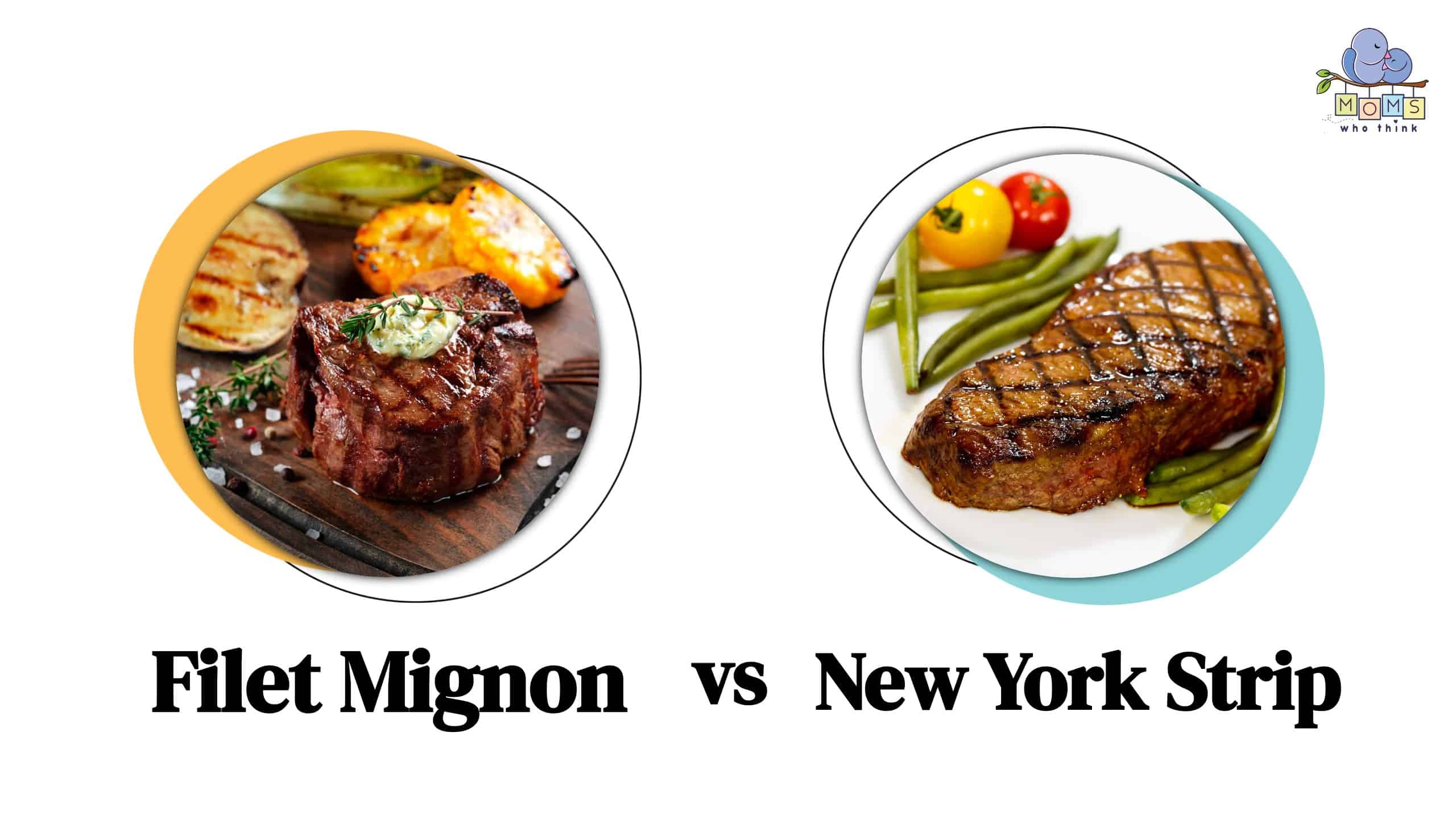When it comes to choosing a steak for a special occasion or a fancy dinner, the options can be overwhelming. With so many different cuts of beef to choose from, it can be difficult to know which one is perfect for your next meal. Two of the most popular cuts of steak are filet mignon and New York strip. While both are delicious, they have some key differences that are worth exploring.
In this post, we'll take an in-depth look at the characteristics of each cut, their differences in tenderness, flavor, and texture, and provide recommendations for when to use each one. Whether you're a steak aficionado or just looking to impress your guests with a fancy meal, understanding the differences between filet mignon and New York strip can help you decide which one to choose.
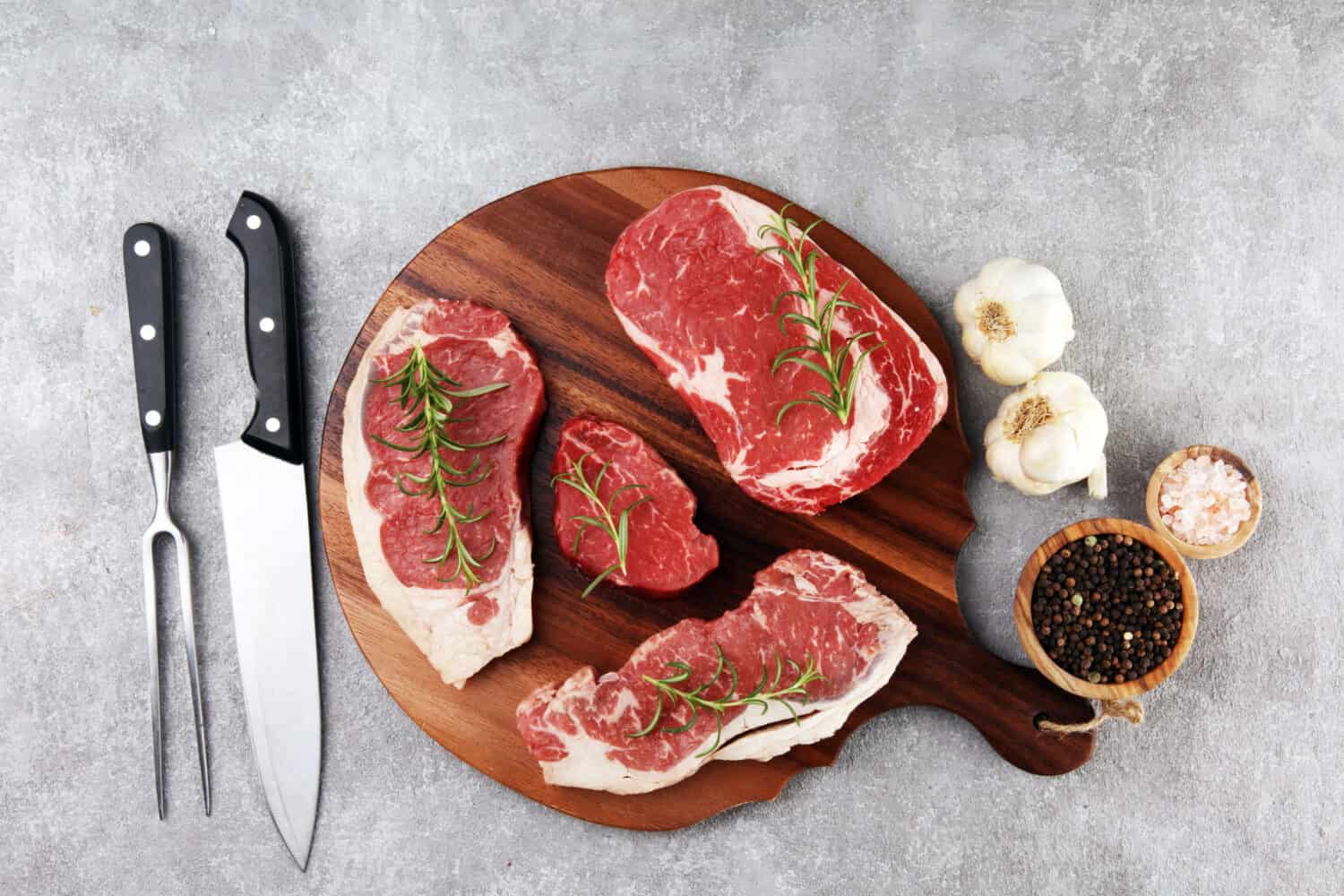
©beats1/Shutterstock.com
Filet Mignon vs. New York Strip: What's the Difference?
The primary difference between a New York strip and filet mignon is their texture and flavor. Filet mignons are famous for their almost buttery texture while New York strips have a firmer texture. Flavor-wise, filet mignons have a mild flavor as they lack the fat marbling of New York strips, which have a more robust, beefy flavor.
The reason filet mignons are more tender is they come from the smaller end of the tenderloin, a muscle renowned for its tenderness. New York strips come from the short loin, which is a muscle behind the ribs and gets more worked than the tenderloin.
Cost-wise, filet mignons are more expensive per ounce as each cow has a low amount of this cut and they're prized for their tenderness. While New York strips are less expensive than filet mignon, they're more expensive than cuts like skirt steak or top sirloin.
Let's dive into the specific differences between each.
Filet Mignon vs New York Strip Nutrition: Calories, Protein, and Fat
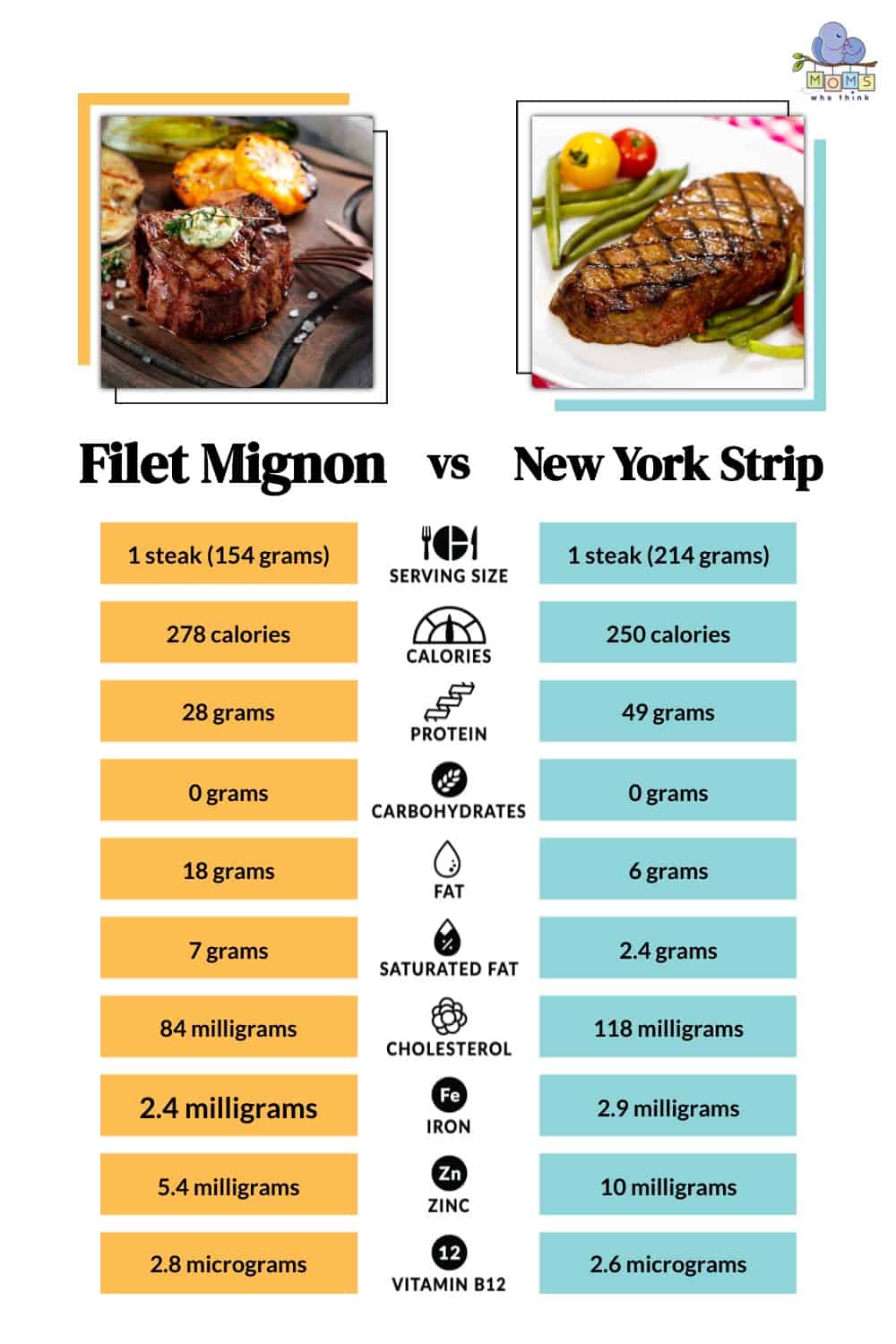
Both filet mignon and New York strips are high in protein with no carbohydrates. According to the USDA, filet mignon's nutrition has a higher ratio of fat relative to protein. However, keep in mind that nutrition values will differ depending on how much fat is on each cut of steak. Both filet mignon and New York strip are excellent sources in a number of vitamins and minerals including Vitamin B6 and iron.
What is Filet Mignon?
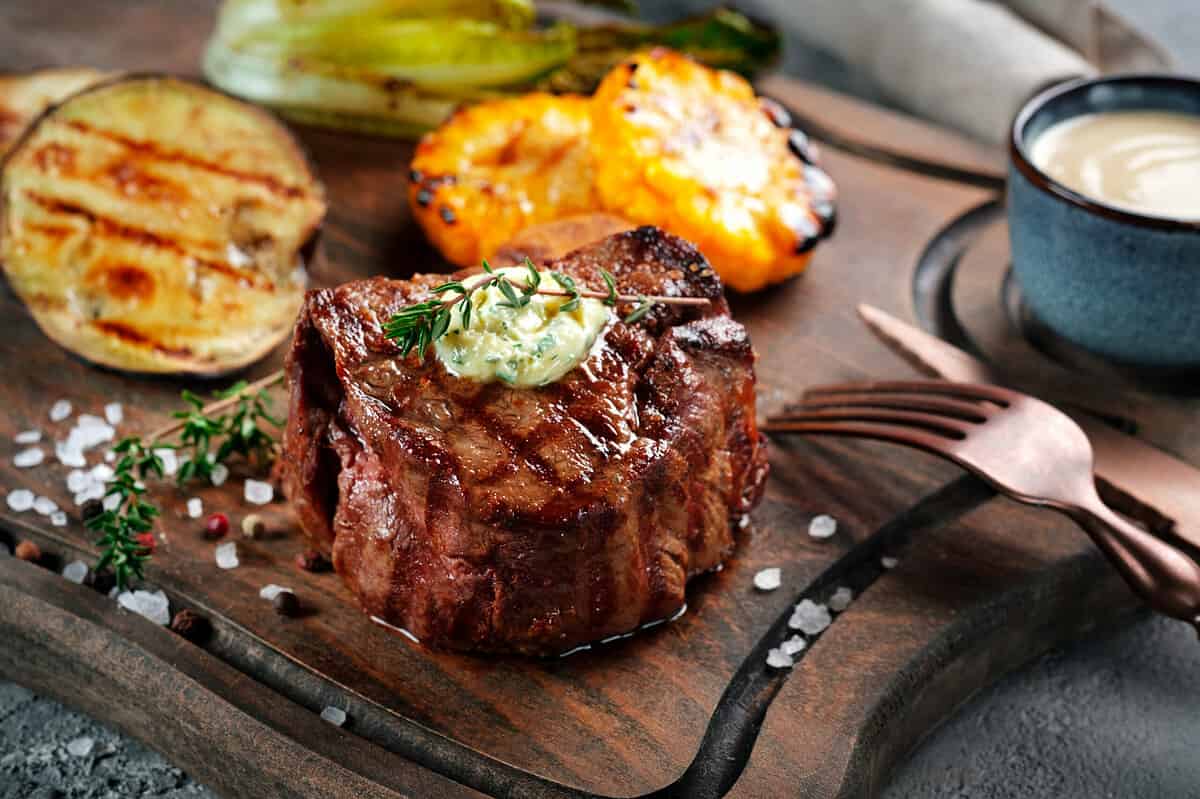
©Andrei Iakhniuk/Shutterstock.com
In French, filet translates to “cute” and mignon translates to “dainty” or “small.” These words perfectly sum up the steak we're familiar with today. Filet mignon is a cut of beef that is most known for its tenderness and delicate flavor. Here's a closer look at its specifics.
Meat Cut
Filet mignon is cut from the smaller end of the beef tenderloin, which is a long, cylindrical muscle that runs along the spine of the cow. The tenderloin is not a heavily used muscle which results in very little connective tissue or fat. Less connective tissue is what makes this steak known for its incredible tenderness.
Texture and Appearance
Because of where filet mignon is cut from, one of its defining characteristics is its tenderness. This cut of beef has a very soft, buttery texture. Filet mignon is typically cut and sold at 1-2 inches thick. They are typically small, weighing in at around 6-8 ounces, but they can be cut thicker or thinner depending on preference.
Flavor
While filet mignon is known for its buttery tenderness, it's not as flavorful as other cuts of meat due to the lack of marbling. According to this article from MasterClass, marbling is “the white flecks of intramuscular fat in meat, most notably red meat.” Filet mignon's cut is not from a weight-bearing muscle which means it's tender, but it doesn't contain a high amount of fat. The lack of marbling can also make this cut of beef more prone to drying out if overcooked. Filet mignon has more of a delicate flavor and less of a strong beef flavor.
Cooking Method
Filet mignon can be prepared in a variety of ways, but it is most commonly grilled, broiled, or pan-seared. Because it doesn't have as strong of a flavor, it's often served with a rich sauce or topping, such as a red wine reduction or compound butter.
In general, filet mignon can handle a higher heat due to the fact that it has a lower fat content. Most often, high heat is first applied to sear both sides of the meat. Then it's left to cook at medium heat until it reaches the desired doneness.
Here are a few quick tips to cooking filet mignon in different ways:
- Grilling: Grill the filets for about 3-4 minutes per side for medium-rare, or until they reach the desired level of doneness. Let them rest for a few minutes before serving.
- Pan-seared: Heat a heavy skillet over high heat and add a small amount of oil. Sear the steaks for about 3-4 minutes per side for medium-rare, or until they reach the desired level of doneness. Finish them off with some butter and herbs in the pan to add flavor.
- Oven Roasted: Preheat your oven to 400°F and season the steaks with salt and pepper. Heat an oven-safe skillet over high heat and sear the steaks for 2-3 minutes per side. Transfer the skillet to the oven and roast for 6-8 minutes, or until the desired level of doneness is reached.
What is New York Strip?
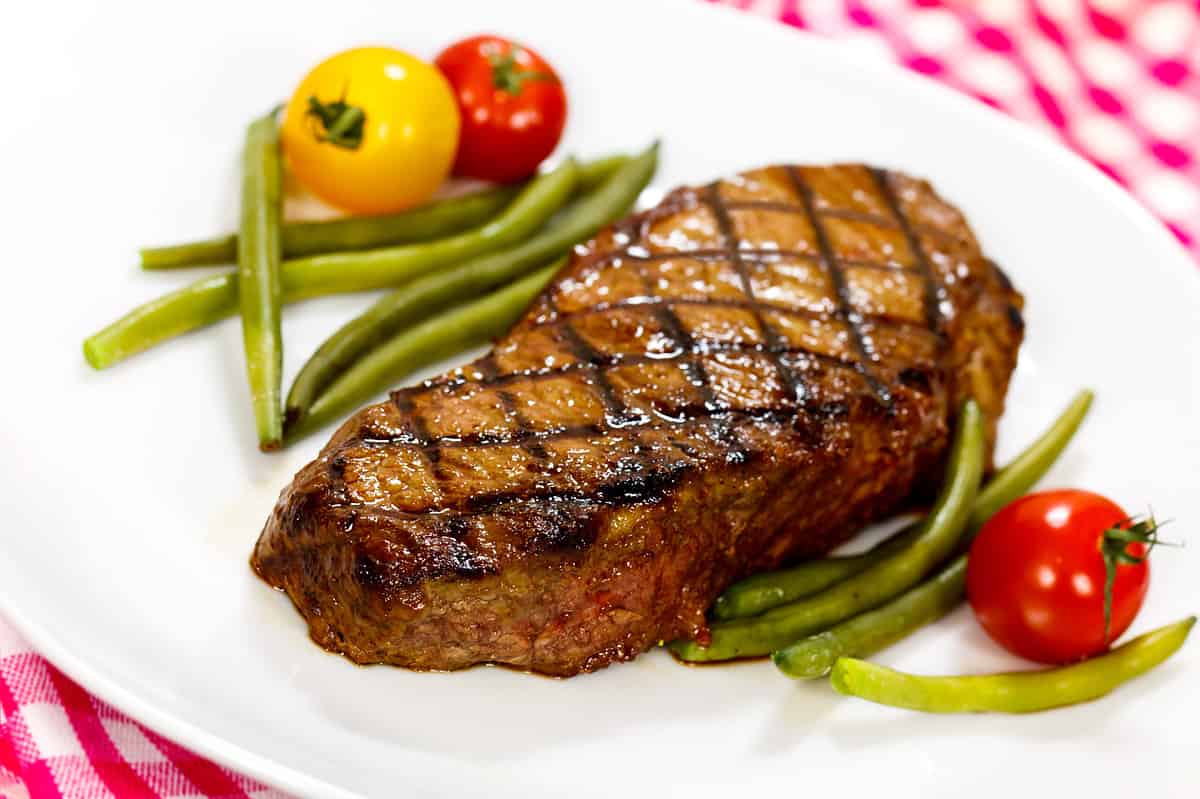
©a9photo/Shutterstock.com
New York strip, also known as strip steak, is a well-marbled cut of beef. This meat is a popular choice for steak lovers because it is flavorful, tender, and easy to cook. Here's a closer look at the well-known New York strip steak.
Meat Cut
New York strip s a cut of beef that comes from the short loin of the cow. Filet mignon and New York strip actually both come from the same general area which makes them both more tender cuts. However, while filet mignon comes from the small area of the tenderloin, the New York strip comes from a larger and more used muscle, resulting in a higher level of marbling.
Texture and Appearance
New York strip is not quite as tender as filet mignon because of its cut from the short loin that is more muscular. So while this steak is still tender, it can also be chewier and more firm. New York strip steaks are typically cut into 1-2 inch thick portions, and they are often larger than filet mignon.
Flavor
Unlike filet mignon, the New York strip has a rich, beefy flavor. This cut of beef is a well-marbled cut of beef with a strip of fat running along one edge, which helps to keep the steak moist and adds flavor. The fat content from the marbling in the steak adds a juicy and rich flavor that can be enhanced by seasoning and cooking methods.
Cooking Method
Like filet mignon, the New York strip can be grilled, broiled, pan-seared, and roasted. Oftentimes, this steak is cooked to medium or medium rare, which allows the fat to melt and creates a flavorful crust on the outside.
Here are a few different ways to cook a New York strip:
- Grilling: New York strip is a popular grilling steak. Place the steaks on the grill and cook for about 4-5 minutes per side for medium-rare, or until they reach the desired level of doneness. This grilling chart can help determine the right grilling time for a New York strip.
- Broiling: This method works if you need to cook the steaks indoors. Broil the steaks for about 4-6 minutes per side, or until they reach the desired level of doneness.
- Pan-Searing: Heat a heavy skillet over high heat and add a small amount of oil. Sear the steaks for about 4-5 minutes per side for medium-rare, or until they reach the desired level of doneness.
- Oven-Roasting: Preheat the oven to 400°F and season the steaks with salt and pepper. Heat an oven-safe skillet over high heat and sear the steaks for 2-3 minutes per side. Transfer the skillet to the oven and roast for 8-10 minutes, or until the desired level of doneness is reached.
Should You Choose Filet Mignon or New York Strip?
Both filet mignon and New York strip have their pros and cons. Ultimately, which option you choose is up to you, your personal preference, and what you're looking for in a steak.
If you're looking for a smaller steak with a tender and buttery flavor, filet mignon is your best bet. However, if you're looking for a more flavorful steak and you don't mind a slightly chewy texture, the New York strip is the way to go.
Steak Recipes
Print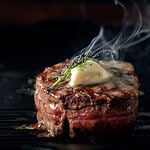
Skillet Beef Pot Pie
Ingredients
1 Pillsbury refrigerated pie crust
2 (8 ounce) filet mignons (needed for tenderness in a short period time)
salt and pepper
2 Tablespoons vegetable oil
1 onion, minced
8 ounces small mushrooms, halved
¼ cup flour
2 garlic cloves, minced
½ cup dry red wine
2½ cups chicken broth
1 Tablespoon tomato paste
1½ teaspoons minced fresh thyme
2 cups frozen peas and carrots, thawed
Instructions
1. Preheat oven according to pie crust directions.
2. Season filets with salt and pepper. Heat 1 Tablespoon oil in 12 inch skillet over medium-high heat.
3. Brown steaks on both sides, leaving centers rare, about 4 minutes total.
4. Transfer to plate, let cool. Cut into ½ inch cubes.
5. Add remaining tablespoon oil, onion, mushrooms, and ½ teaspoon salt to skillet. Return to medium heat and cook until onion is softened, about 5 minutes.
6. Stir in flour and garlic and cook, stirring constantly, until flour is well blended (about 1 minute).
7. Stir in wine and cook until evaporated, about 30 seconds.
8. Slowly whisk in broth, tomato paste, and thyme. Bring to a simmer.
9. Cover and cook over medium-low heat until thickened, 8 to 10 minutes.
10. While sauce is simmering, unfold pie crust dough and place onto a nonstick baking sheet. Bake according to package directions.
11. Stir peas and carrots and beef with juices into skillet. Continue to simmer until heated through, about 2 minutes. Season with salt and pepper to taste.
12. When pie crust is done, carefully slide onto skillet and serve. Makes 4 servings.
Final Thoughts
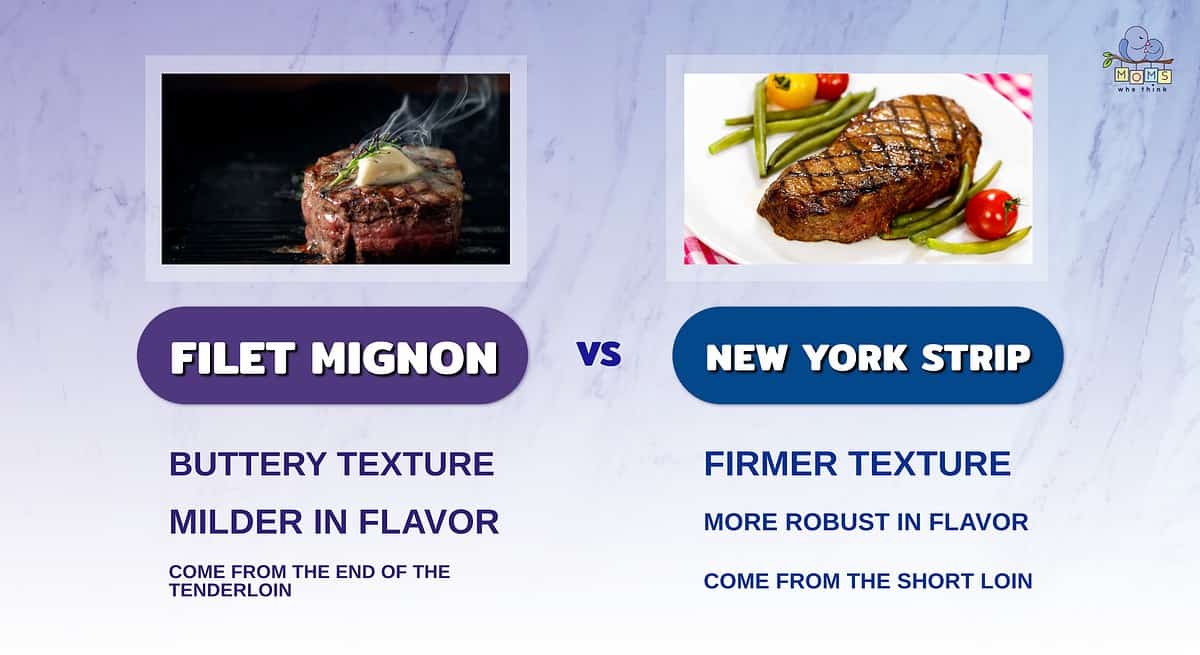
- Filet mignon is famous for its smooth, buttery texture that almost melts in your mouth. New York strip is firmer than filet mignon, but don't mistake it for tough!
- New York strip has a robust, beefy flavor that some may prefer over filet mignon's milder taste.
- Filet mignon comes from the end of the tenderloin, while New York strip comes from the short loin. The difference in cut location is what creates differences in taste and texture.
In conclusion, when it comes to selecting the perfect steak for your next recipe, you can't go wrong with either one of these steaks. Whether you're looking for the tenderness of filet mignon or the juicy, bold flavor of New York strip, a steak can take your next meal to a new level.
